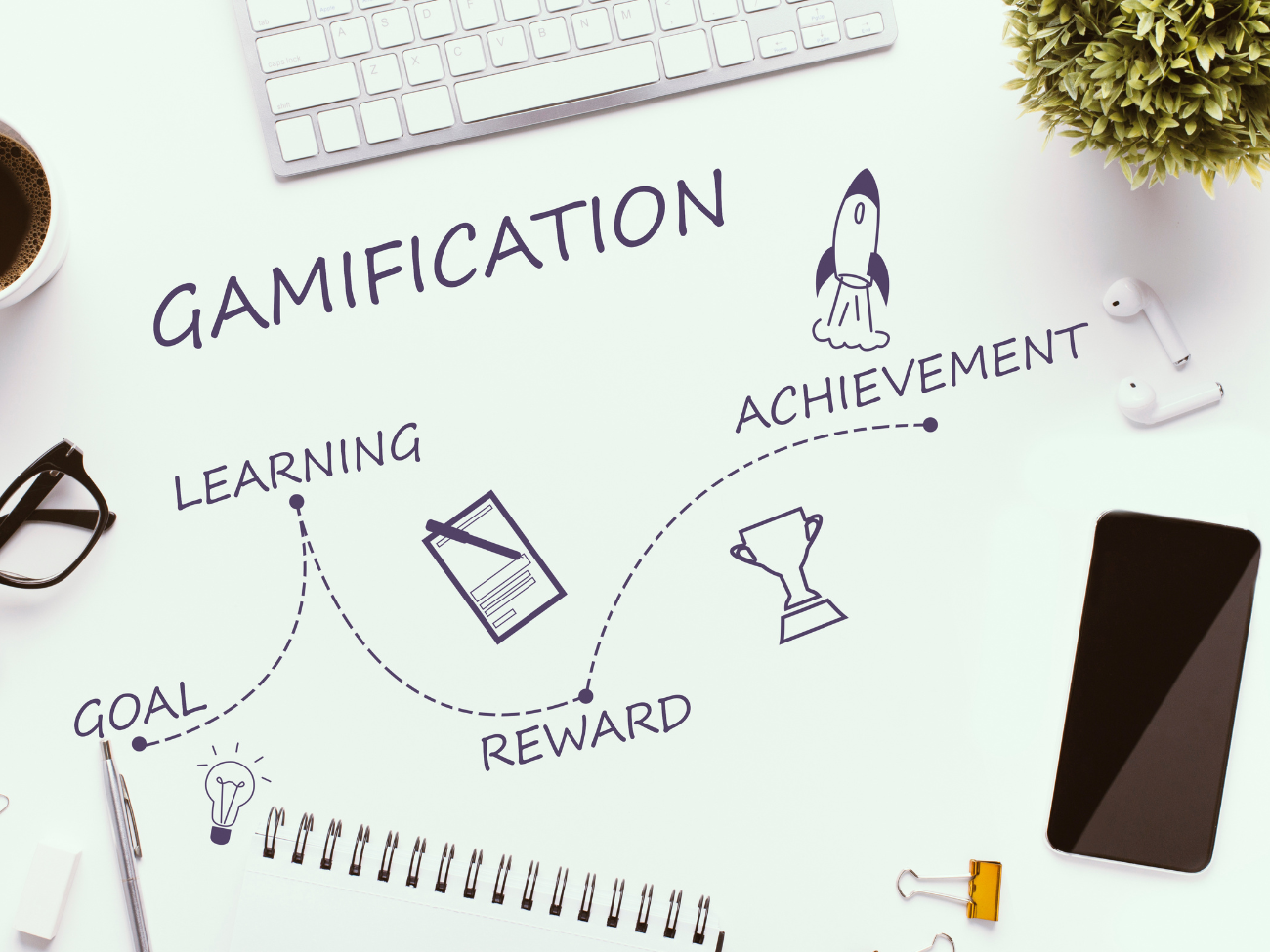
In today’s fast-paced world, finding motivation to complete everyday tasks can sometimes feel like a chore in itself. Enter the concept of gamification, a revolutionary approach that integrates game mechanics into non-game environments to enhance user engagement, motivation, and overall productivity.
By leveraging elements traditionally found in games, such as point scoring, competition, and rules of play, gamification transforms mundane tasks into engaging and enjoyable activities.
Its relevance in today’s technology-driven society cannot be overstated, with applications ranging from education and fitness to personal productivity and decision-making.
Understanding Gamification
Gamification is the process of applying game-design elements and principles in non-game contexts. It aims to make everyday tasks more engaging by incorporating rewards, challenges, and interactive elements that mimic the engaging nature of games.
The purpose of gamification in a tech context is to leverage the motivational power of games to solve real-world problems or enhance routine tasks. Psychologically, gamification taps into human desires for achievement, self-expression, competition, and social interaction.
By addressing these intrinsic motivations, gamification can significantly increase an individual’s engagement and commitment to tasks that might otherwise be viewed as mundane or challenging.
Technological Innovations in Gamification
Recent years have seen remarkable technological advancements that have made gamification more accessible and effective. From sophisticated algorithms that personalize challenges and rewards to augmented reality (AR) that brings game elements into the real world, technology has expanded the possibilities of gamification.
The proliferation of mobile devices has facilitated the widespread adoption of gamified apps, making them a staple in many people’s daily routines.
Although specific statistics comparing the adoption of gamified apps or technologies from this year to last year are not readily available in this format, the trend indicates a steady increase in the use of gamification across various sectors.
For instance, the education sector has seen a significant uptick in the use of gamified learning platforms, with students achieving higher levels of engagement and retention. Similarly, in the health and fitness industry, gamified apps have become increasingly popular, encouraging more people to stay active and pursue healthier lifestyles.
The growth of gamification is a testament to its effectiveness in making everyday tasks more enjoyable and engaging. As technology continues to evolve, the potential for gamification to enhance our daily lives is boundless, promising a future where even the most mundane tasks can be transformed into exciting and rewarding experiences.
Examples of Gamified Technologies
Gamification has seamlessly integrated into various aspects of life, turning routine tasks into engaging and motivating activities. Here are examples across different domains:
- Fitness: Fitbit and Zombies, Run! Fitbit uses daily step goals, badges, and leaderboards to encourage physical activity. Zombies, Run! takes a more narrative approach, immersing users in a post-apocalyptic world where running is essential for survival.
- Education: Duolingo and Kahoot! Duolingo gamifies language learning with points, levels, and immediate feedback, making the process highly addictive. Kahoot! uses quizzes and games to create a dynamic classroom environment, promoting learning and retention.
- Productivity: Habitica and Forest Habitica turns daily tasks and habits into a role-playing game, complete with avatars, battles, and rewards. Forest uses a unique approach to time management, allowing users to plant virtual trees that grow while focusing on tasks, offering a tangible sense of achievement and environmental contribution.
- Decision Making: One simple yet effective gamified tool for making decisions is the “yes or no wheel”. This tool simplifies decision-making by turning it into a game. Users are presented with a wheel divided into “Yes” and “No” segments, to get yes or no answers.
With a quick spin, the wheel randomly lands on an answer, adding an element of fun and suspense to everyday decisions. It can be particularly useful for making trivial decisions like choosing a movie to watch, deciding whether to go out or stay in, or even settling friendly disputes.
The “yes or no wheel” exemplifies how gamification can simplify and add enjoyment to daily decision-making processes.
Benefits of Gamifying Your Day
Integrating gamification into daily routines offers several key benefits:
- Increased Motivation: Gamification introduces elements of competition, achievement, and reward, which can significantly boost motivation. Whether it’s the desire to beat a high score or complete a challenge, gamification taps into the drive to succeed.
- Enhanced Productivity: By making tasks more engaging, individuals are likely to be more focused and productive. Gamification provides clear goals and immediate feedback, which can improve efficiency and the quality of work.
- Greater Engagement: Gamified tasks are more engaging, encouraging longer and more frequent interaction. This heightened engagement can lead to better habits, deeper learning, and more consistent task completion.
By transforming routine activities into interactive and rewarding experiences, gamification not only makes daily tasks more enjoyable but also enhances overall well-being and achievement.
Challenges and Considerations
While gamification offers numerous benefits, it’s not without its challenges and considerations. One potential challenge is the over-reliance on technology, which can lead to increased screen time and distract from real-world interactions.
The effectiveness of gamification might experience diminishing returns over time as the novelty wears off, reducing its motivational impact.
Effective Incorporation into Lifestyle
- Balance: Find a healthy balance between gamified activities and technology-free experiences. It’s crucial to maintain face-to-face interactions and engage in non-digital hobbies.
- Personalization: Tailor gamified systems to individual preferences and goals to ensure they remain engaging and relevant over time.
- Moderation: Use gamification as a tool to enhance productivity and well-being, not as a replacement for intrinsic motivation or real-world achievements.
Future of Gamification
The future of gamification is promising, with advancements in technology poised to enhance its application and effectiveness further.
Augmented reality (AR) and virtual reality (VR) are expected to play significant roles, offering immersive experiences that can gamify even the most mundane tasks in novel and engaging ways.
AI and machine learning could personalize gamification efforts to unprecedented levels, adapting in real-time to user actions and preferences to maximize engagement and motivation.
Join The Discussion: